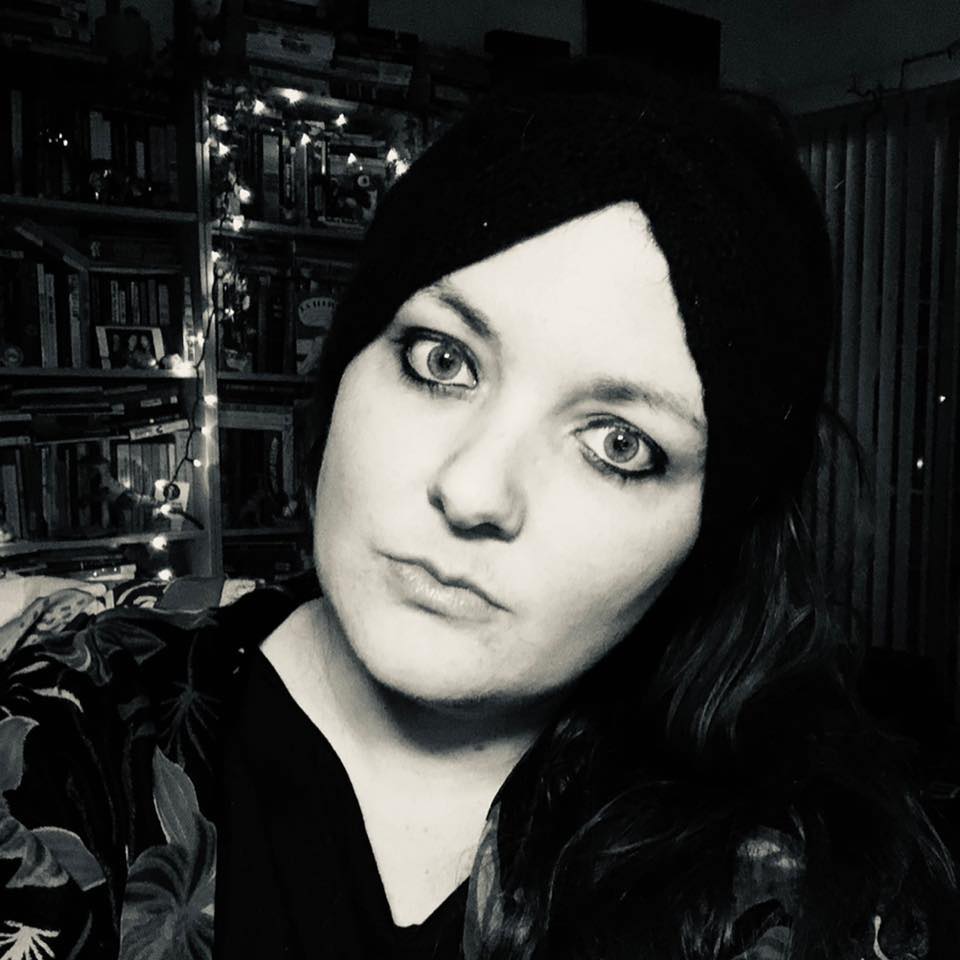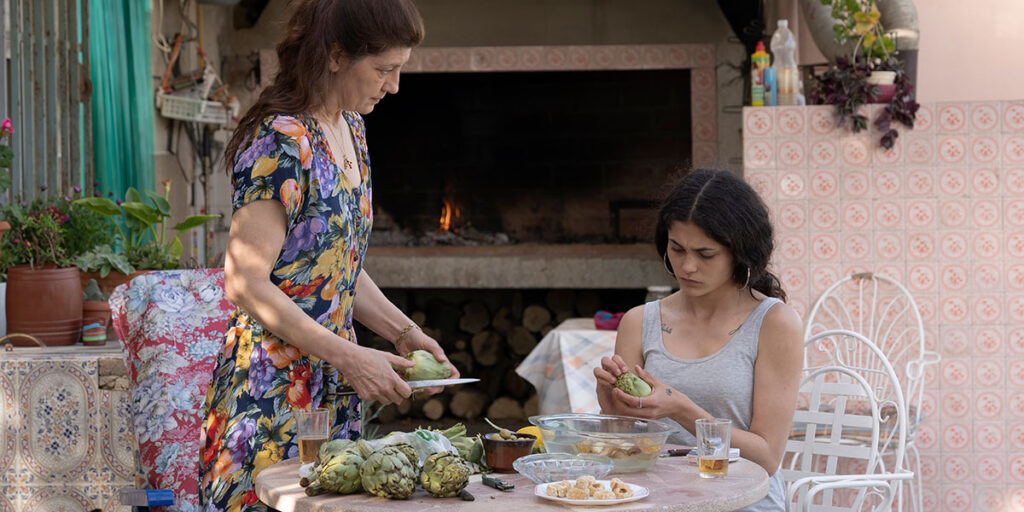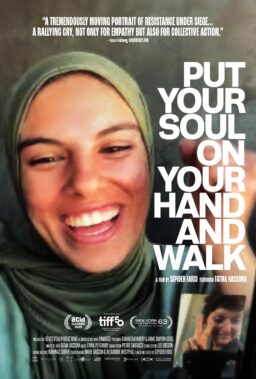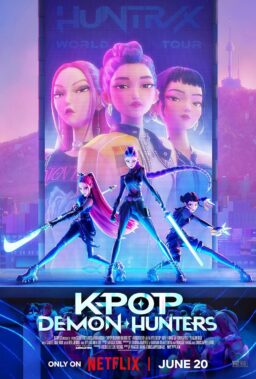Women are tough as hell in the face of oppression and rebellious at heart. This is the core concept of three films playing this year’s festival. Elena López Riera’s quasi-anthropological drama “El agua” explores the power of self-actualization in the face of oppressively patriarchal traditions and myths. Stephanie Johnes’s surf doc “Maya and The Wave” follows the strength and resilience of world champion surf pioneer Maya Gabeira, who tackles not only the world’s biggest waves, but also the chauvinism deeply embedded within her sport. Finally, Laura Poitras’s stunning documentary “All the Beauty and the Bloodshed” chronicles the life, art, and activism of singular talent Nan Goldin, whose deeply personal work continues to push boundaries and resonate far beyond the art world.
An expansion of her 2018 documentary short “Los que desean (Those Who Desire),” Elena López Riera’s debut feature film “El agua” is set during one hot summer in a southern Spanish town near the Segura river. Shot in a verité style by cinematographer Giuseppe Truppi, the film mostly follows a group of teenagers, bored at the end of summer, but not ready to go back to real life. They smoke at cafes, or hang out together at the river’s edge, unable to go for a swim due to its polluted state. At the center is Ana (Luna Pamies, luminous) as she comes of age, falling in love and lust for the first time. Ana’s sexual awakening corresponds with an impending storm, finding herself entrenched in the local folklore about the river’s flooding.
Riera incorporates direct to camera interviews with the village’s matriarchy as they discuss their own history with the floods—and the myth that every few decades a woman who has recently fallen in love will be washed away by them. When Ana inquires whether it’s true that some women are born with water inside them, the answer her grandmother (Nieve De Medina) returns doesn’t help her as much as she’d like. Ana begins observing the ways her village’s history has shaped the women who reside there, and their unending resilience.
By mixing ethnography, mythology, and a tiny bit of magical realism, Riera creates a rich world, sumptuous and earthy, in which women must content with the roles this society has imposed on them and their own desires for autonomy and love. In coming-of-age, Ana finds the power within herself, and the power that can be found when women join forces for their own wellbeing.

Like Ana, Brazilian big wave surfer Maya Gabeira, the subject of Stephanie Johnes’s doc “Maya and The Wave,” must find the strength from within not only to conquer mountainous waves, but the chauvinism at the center of her chosen profession. Johnes’s mixes archival footage of Gabeira’s years coming up in the sport, talking head interviews, and astonishing photography of these truly giant waves to chart her journey to becoming the longest reigning big wave surf record holder in the world—of any gender.
On a surface level, Johnes’s doc seems like run-of-the-mill surf hagiography, and it’s one weakness lies in how it paints Gabeira as the only female big wave surfer in the world. However, she, along with the other women in the sport, face more than just the ordinary challenges of the sport. Starting out as a teen, she had to overcome rampant sexism to find a partner who would team up with her. Throughout her career she had to endure men saying over and over that she is not athletic enough. That she is just a pretty face with good tits and a great ass. And when she does finally break the record for women, there isn’t even a category yet in the Guinness Book of World Records for the achievement. The fight to have it recognized is as perilous as her training, therapy sessions, and surgeries after a serious injury threatens to end her career.
Gabeira, it seems, gets her internal strength and perseverance from her father, radical Brazilian politician Fernando Gabeira, whose life was dramatized in Oscar-nominated film “Four Days in September”. But what makes Maya such a compelling subject and Johnes’s portrait of her so different from films about male surf legends, is Gabeira’s willingness to admit her fear. “I do it because I’m afraid. It wouldn’t be exhilarating if I wasn’t scared,” she shares. Most big wave surfers are adrenaline junkies; it’s in embracing this fear that brings the courage to tackle these water giants over and over and over again. There’s something glorious about Gabeira’s innate understanding of this, but also her raw honesty in admitting it.

This same courage and conviction in a world dominated by men is at the heart of Oscar-winning filmmaker Laura Poitras’s “All The Beauty and the Bloodshed,” which serves as a career retrospective of artist Nan Goldin, whose body of work is an exploration of art as politics and activism, and a touching tribute to the Goldin’s late sister Barbara, whose life was cut short by familial neglect and repression of that which is inherently rebellious in the female spirit.
In the 1980s Goldin’s “The Ballad of Sexual Dependency,” a slide show series and book of photographs the artist took of her friends between 1979 and 1986 mades waves in the art world. Unlike the staid black and white portraits that were en vogue at the time, her lush color photographs were simultaneously intimate and cinematic. Describing their impact, Goldin says that those who look at them often see characters, while those who are in them see themselves.
Goldin herself narrates through an audio interview conducted by Poitras, which adds a poetic feel of the doc, especially in the sequences exploring the dynamics at play in her family that led to the untimely death by suicide of her sister Barbara when they were teenagers. This pivotal moment in her life and the way her family dealt with it—and her—forever marked Goldin in a way she has grappled with in all the decades since.
Poitras tells Goldin’s story through footage (including scenes from films by independent female filmmakers like Bette Gordon and Vivienne Dick) and photography by and of Goldin from throughout her life, as well as archival footage of fellow artists and activists who lost their battle with A.I.D.S like Cookie Mueller and artist-activist David Wojnarowicz. Poitras deftly weaves Goldin’s biography into newly shot footage of her activist group Prescription Addiction Intervention Now (P.A.I.N.) as they work to get art galleries around the world to cut ties with the Slacker Family and Purdue Pharma, the maker of OxyContin, and partner without organizations as they advocate for more funding for harm reduction services to aid those battling addiction.
Ultimately, Poitras’s portrait of Goldin reveals the ways in which she has always sought to destigmatize marginalized subjects like sex work, battered women, queerness, and addiction. She did so not only through her art, but in how she lived her life with passion and clarity of vision. In the end, everyone leaves an impact on those around them. What matters most is having the courage to harness that power for a lasting good.












